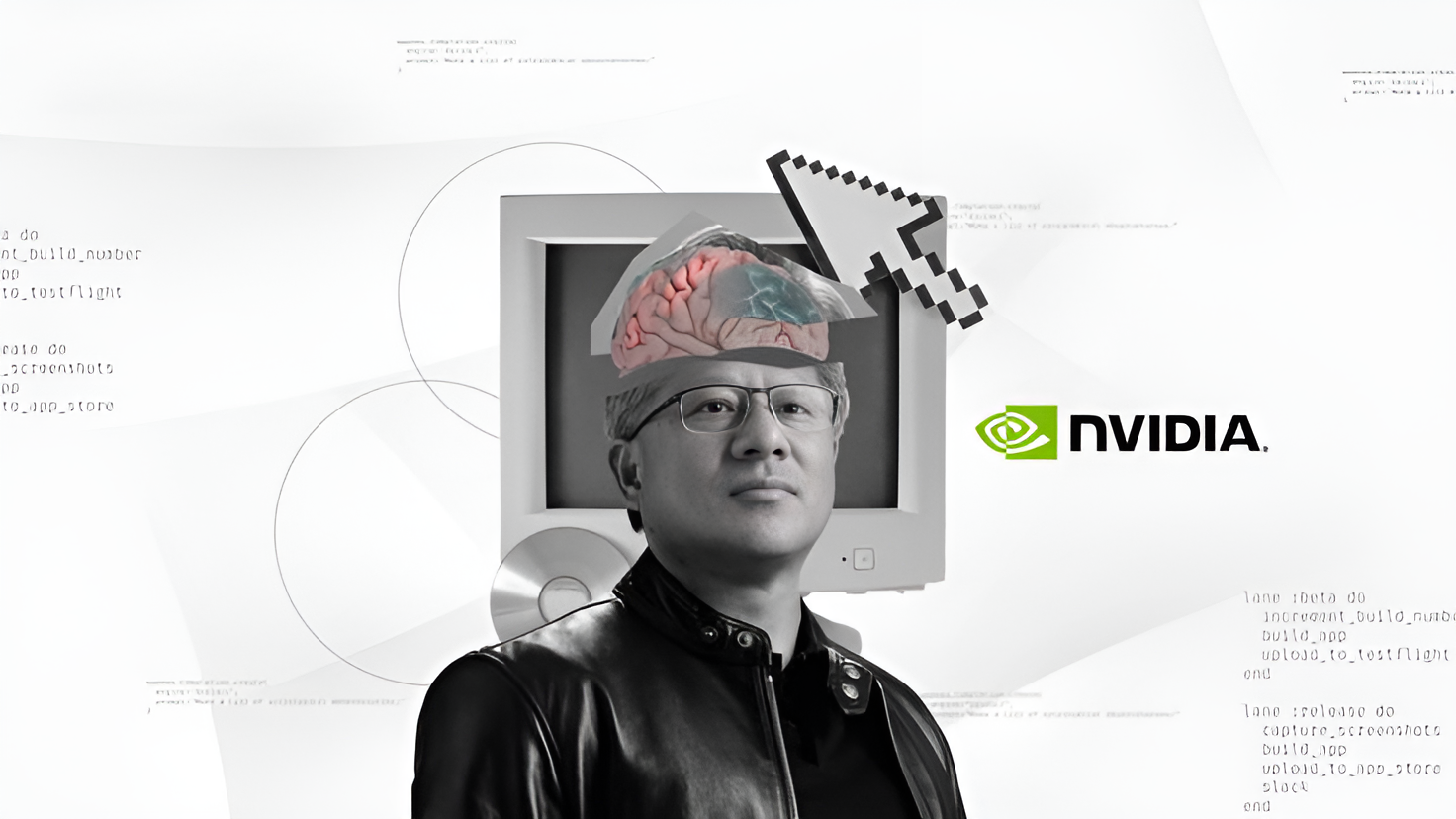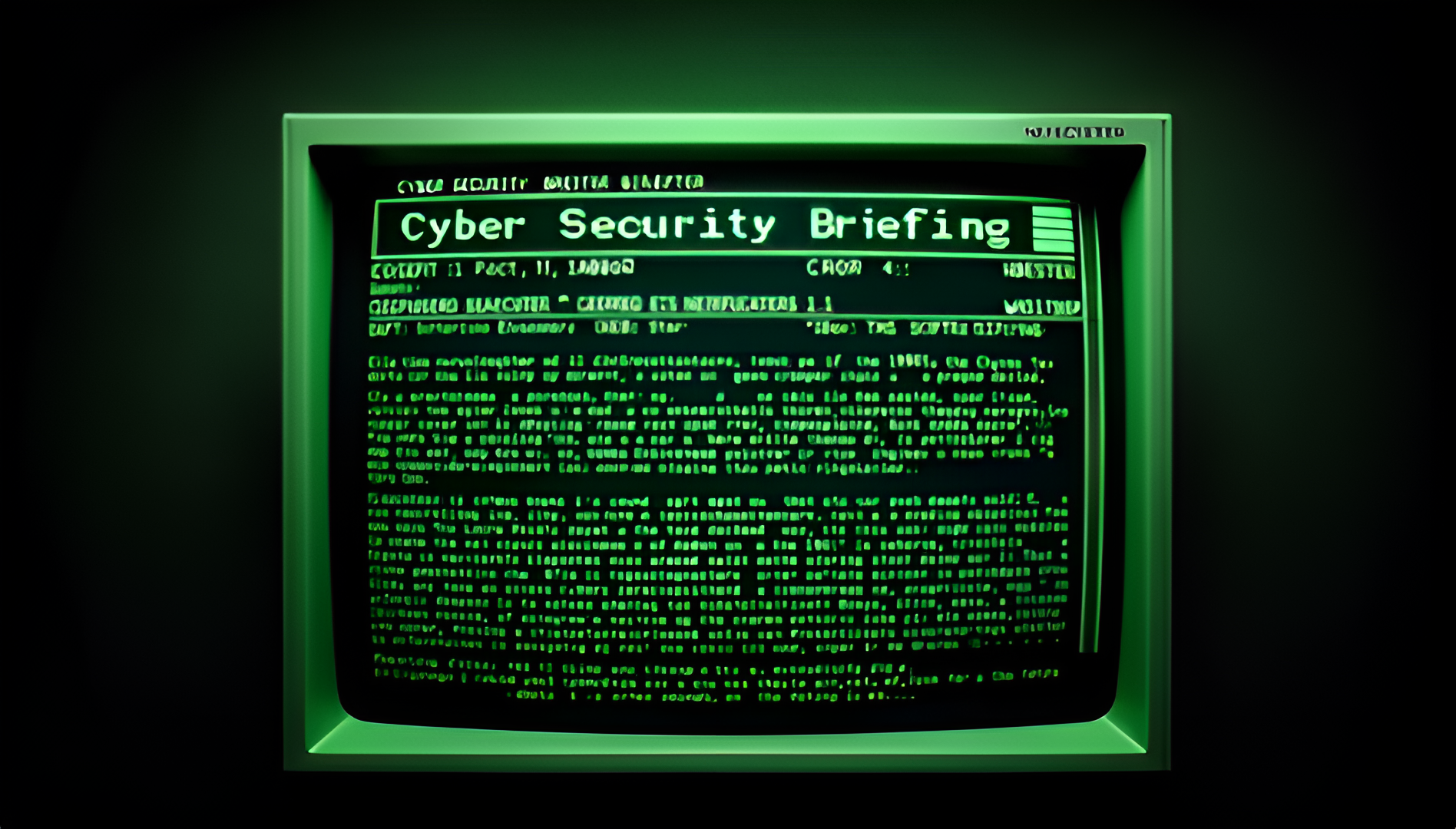Employers are demanding too much from junior cyber recruits Analysis Report
5W1H Analysis
Who
The key stakeholders include early-career recruits in the cybersecurity sector, employers in the information security (infosec) industry, and the International Information System Security Certification Consortium (ISC2).
What
The ISC2 report indicates that employers in the cybersecurity field are setting overly demanding expectations for junior and entry-level recruits.
When
This issue has been highlighted in June 2025, following continuous industry trends and analysis reports.
Where
The trends are impacting global cybersecurity markets, with a notable emphasis on developed economies where cybersecurity roles are proliferating.
Why
Employers are seeking highly skilled individuals to navigate increasingly sophisticated cyber threats, often expecting advanced skills and certifications from new entrants.
How
Firms are advertising roles as entry-level yet demand skills typically obtained through years of experience or advanced education, often filtering candidates through high-level technical assessment processes.
News Summary
The International Information System Security Certification Consortium (ISC2) has raised concerns about growing expectations placed on junior recruits in the cybersecurity industry. Employers are seeking advanced skills from candidates entering the workforce, which creates a barrier for new graduates aiming to enter this field. This trend reveals a disconnect between educational preparation and industry demand, posing challenges for both job seekers and organisations needing to fill essential roles.
6-Month Context Analysis
Over the past six months, the cybersecurity industry has been experiencing a tremendous shortage of skilled professionals. Reports from various tech sectors have consistently shown an increase in demand for comprehensive cybersecurity measures driven by a rise in cyber threats. Companies in the US, UK, and EU have reported similar trends of expecting high proficiency levels from applicants, which have been a recurring issue for new workforce entrants.
Future Trend Analysis
Emerging Trends
The emphasis on cybersecurity is anticipated to grow as threats and breaches continue to rise. There is a growing trend toward demanding rigorous qualifications and experience even for entry-level positions.
12-Month Outlook
Over the next year, if these patterns persist, there may be an increased push for educational institutions to align curricula with industry needs, or for companies to develop in-house training programs to build talent from the ground up.
Key Indicators to Monitor
- Changes in cybersecurity educational program structures - Hiring patterns and role descriptions in the cybersecurity industry - Reports on cybersecurity job market trends and recruitment challenges
Scenario Analysis
Best Case Scenario
Educational institutions adapt swiftly, producing graduates with skills finely tuned to industry needs, thereby easing the transition into roles and reducing the skills gap.
Most Likely Scenario
A balanced adaptation occurs, where both educational shifts and increased cooperative training programs are implemented, gradually improving job accessibility for new recruits.
Worst Case Scenario
The skills gap widens, leading to increased frustration for aspirants and a critical shortfall of personnel capable of managing emerging cybersecurity threats effectively.
Strategic Implications
To address the gap between educational preparation and employer expectations, stakeholders must: - Develop partnerships between businesses and educational institutions to create industry-aligned curricula. - Encourage organisations to offer internships or apprenticeships that allow on-the-job learning. - Promote policies that support workforce diversity and continuous professional development.
Key Takeaways
- Aligning academia and industry needs can ensure graduates are adequately prepared for real-world challenges.
- Organisations should invest in training programs to build skills internally and reduce the over-reliance on recruiting talent with prior experience.
- Monitoring industry hiring patterns could inform educational institutions on necessary skill development.
- Creating more accessible entry-level roles can help bridge the talent gap in cybersecurity.
- Proactively preparing for emerging threats requires a skilled, adaptable workforce capable of evolving with new challenges.
Source: Employers are demanding too much from junior cyber recruits





















Discussion